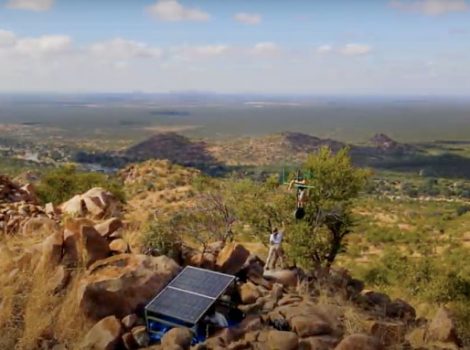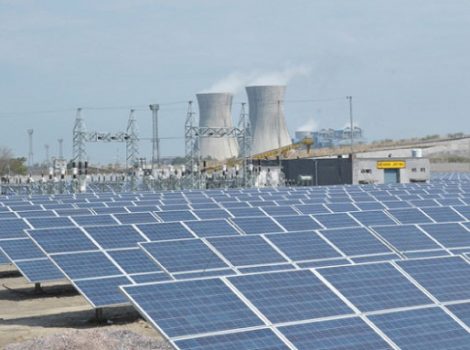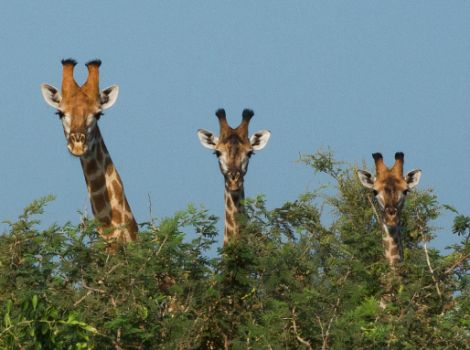
- The elephant census that started in Zambia’s Kafue National Park has moved to Hwange National Park in Zimbabwe.
- Botswana, Namibia and Angola will conduct the survey in the next few weeks.
- It is estimated that there are 220,000 elephants in the region in an area measuring 520 000km².
The elephant census is under way in the Kavango–Zambezi Transfrontier Conservation Area (KAZA), after it started in Zambia’s Kafue National Park. The survey will also cover Zimbabwe, Botswana, Namibia and Angola as conservationists attempt to count the elephant population. In Zimbabwe, the census started in the last week of August and was expected to last three weeks before moving to Botswana.
KAZA said in a statement; “Plans indicate an anticipated three weeks to complete the northwest Matabeleland area in Zimbabwe before crossing over to Botswana, where flying is expected to start mid-October 2022.”
As things stand, aggregated figures from the five KAZA members are that there are 220,000 elephants in the region in an area of 520,000km². This figure represents about half of the remaining savanna elephants (Loxodonta Africana) found in Africa – a species that was red-listed as endangered by the International Union for the Conservation of Nature (IUCN).
The survey will also seek to understand the elephants’ migration patterns across countries and factors such as climate change in the survival of the jumbos.
“The survey aims to determine the numbers and seasonal distributions of elephants, elephant carcasses and other large herbivores,” the organisation added.
KAZA’s executive director, Nyambe Nyambe, said the survey was important because there will be an actual science-based blueprint for future conservation plans for the first time. The survey is funded by the World Wildlife Fund (WWF), Paul G Allen Family Foundation, German Federal Ministry of Economic Cooperation and Development through KfW, and the Dutch Postcode Lottery through the Dreamfund Project.
Other partners in the project are USAID’s Combating Wildlife Crime in Namibia, the Kavango-Zambezi Area Project, the UK Foreign, Commonwealth and Development Office, the Environment and Protected Areas Authority (EPAA) of Sharjah, United Arab Emirates, and the US Fish and Wildlife Service.



